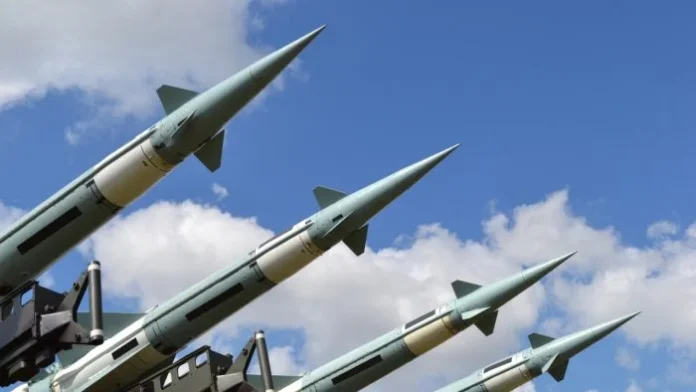New Delhi: The nine nuclear-armed states—the United States, Russia, the United Kingdom, France, China, India, Pakistan, the Democratic People’s Republic of Korea (North Korea) and Israel—continue to modernise their nuclear arsenals and several deployed new nuclear-armed or nuclear-capable weapon systems in 2022, says a report of the Stockholm International Peace Research Institute (SIPRI).
The report says India and Pakistan appear to be expanding their nuclear arsenals, and both countries introduced and continued to develop new types of nuclear delivery system in 2022. While Pakistan remains the main focus of India’s nuclear deterrent, India appears to be placing growing emphasis on longer-range weapons, including those capable of reaching targets across China.
Of the total global inventory of an estimated 12, 512 warheads in January 2023, about 9576 were in military stockpiles for potential use—86 more than in January 2022. Of those, an estimated 3844 warheads were deployed with missiles and aircraft, and around 2000—nearly all of which belonged to Russia or the USA—were kept in a state of high operational alert, meaning that they were fitted to missiles or held at airbases hosting nuclear bombers.
Russia and the USA together possess almost 90 per cent of all nuclear weapons. The sizes of their respective nuclear arsenals seem to have remained relatively stable in 2022, although transparency regarding nuclear forces declined in both countries in the wake of Russia’s invasion of Ukraine in February 2022, says the report. In addition to their useable nuclear weapons, Russia and the USA each hold more than 1000 warheads previously retired from military service, which they are gradually dismantling.
SIPRI’s estimate of the size of China’s nuclear arsenal increased from 350 warheads in January 2022 to 410 in January 2023, and it is expected to keep growing. Depending on how it decides to structure its forces, China could potentially have at least as many intercontinental ballistic missiles (ICBMs) as either the USA or Russia by the turn of the decade.
“China has started a significant expansion of its nuclear arsenal,’ says Hans M. Kristensen, Associate Senior Fellow with SIPRI’s Weapons of Mass Destruction Programme and Director of the Nuclear Information Project at the Federation of American Scientists (FAS). “It is increasingly difficult to square this trend with China’s declared aim of having only the minimum nuclear forces needed to maintain its national security.”
Although the UK is not thought to have increased its nuclear weapon arsenal in 2022, the warhead stockpile is expected to grow in the future as a result of the British government’s announcement in 2021 that it was raising its limit from 225 to 260 warheads. The government also said it would no longer publicly disclose its quantities of nuclear weapons, deployed warheads or deployed missiles.
North Korea continues to prioritize its military nuclear programme as a central element of its national security strategy. While North Korea conducted no nuclear test explosions in 2022, it conducted more than 90 tests of missiles. Some of these missiles, which include new ICBMs, may be capable of carrying nuclear warheads. SIPRI estimates that the country has now assembled around 30 warheads and possesses enough fissile material for a total of 50-70 warheads, both significant increases over the estimates for January 2022.
“Most of the nuclear-armed states are hardening their rhetoric about the importance of nuclear weapons, and some are even issuing explicit or implicit threats about potentially using them,” said Matt Korda, Associate Researcher with SIPRI’s Weapons of Mass Destruction Programme and Senior Research Associate with the FAS Nuclear Information Project.













